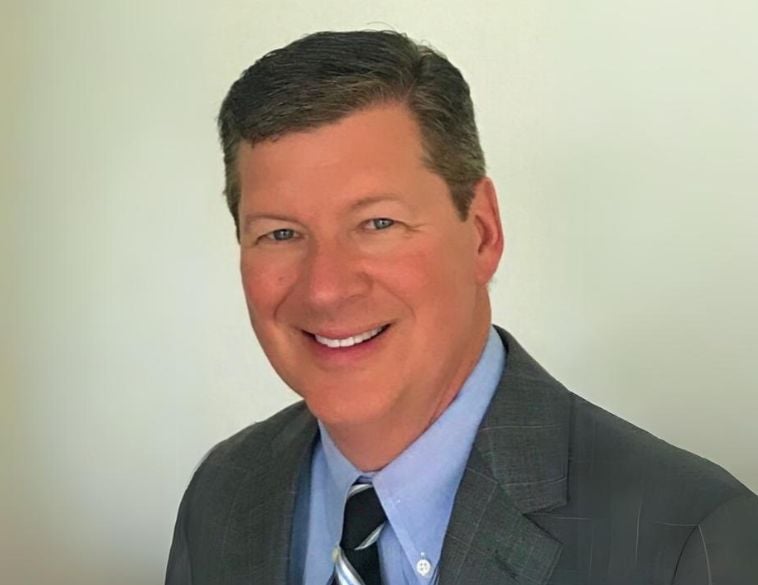Managing your own work, managing employees.
Last year, the Wall Street Journal reported a Gallup survey affirming that people don’t leave jobs, they leave their manager. The survey of 7,200 adults found that about half had left a job at some point “to get away from their manager.” So, what do workers want from their managers?
They want leadership. Strong leaders develop habits that make them successful by getting the most from their team. What habits do leaders develop to be the most effective they can be? They continue the learning process… forever. Leadership is something that never stops. You need to constantly learn how to deal with people, the science of feedback, emotional intelligence like empathy, and so on. The best leaders read a lot, and on a diverse set of subjects (we’ll be looking at some great books in months to come.) If you want to be a great leader, you need to make time for learning.
Two-way communication
The best leaders take the time to listen to their employees and try to understand them in order to empathize with them. If leaders want their employees to be engaged, they need to understand how they feel and what’s on their mind. It comes down to two-way communication.
Listen to employees and seek feedback. Let employees know that they can feel comfortable speaking their mind, then provide them with your feedback once you’ve absorbed their views. By definition, leadership means communicating the future clearly. First, you need a powerful mission to get behind. Then, from there, you need to be able to communicate it clearly to the entire team. Get them to understand exactly where you see the future of the company going. Start with ‘why?’ There is no such thing as too much communication, so feel free to repeat your mission and the vision for the future over and over. Any ambiguity and vagueness only leads to confusion, which employees don’t need.
Paying attention
In any conversation that you’re in, slow down and take the time to listen. Why are they choosing those words? Is there anything noticeable about their tone of voice? Use interviewing techniques; make eye contact and really pay attention to what they’re saying. Instead of firing back a response, you can either pause to let them continue or ask a follow-up question to get more out of them. Tips that convey the fact that you really are listening: Lean in slightly (leaningaway signals hostility). Don’t cross your arms. Instead, bring your hands together towards your chest and touch your fingers together, or put your hands on your lap. Talk with your hands—it can make you appear more credible. Take notes—it will show others that you value what they’re saying. These areas are just the tip of the very large iceberg that represents leadership habits. It’s easy to get caught up in the day and forget your role as leader. In upcoming issues we will discuss other key habits, including how frequently to communicate, how to get the most out of a oneon-one and other key ideas to help improve your leadership skills.
Rémy Rousseau is the founder of Collision Management and Rousseau Automotive Communication. You can reach him at [email protected].



